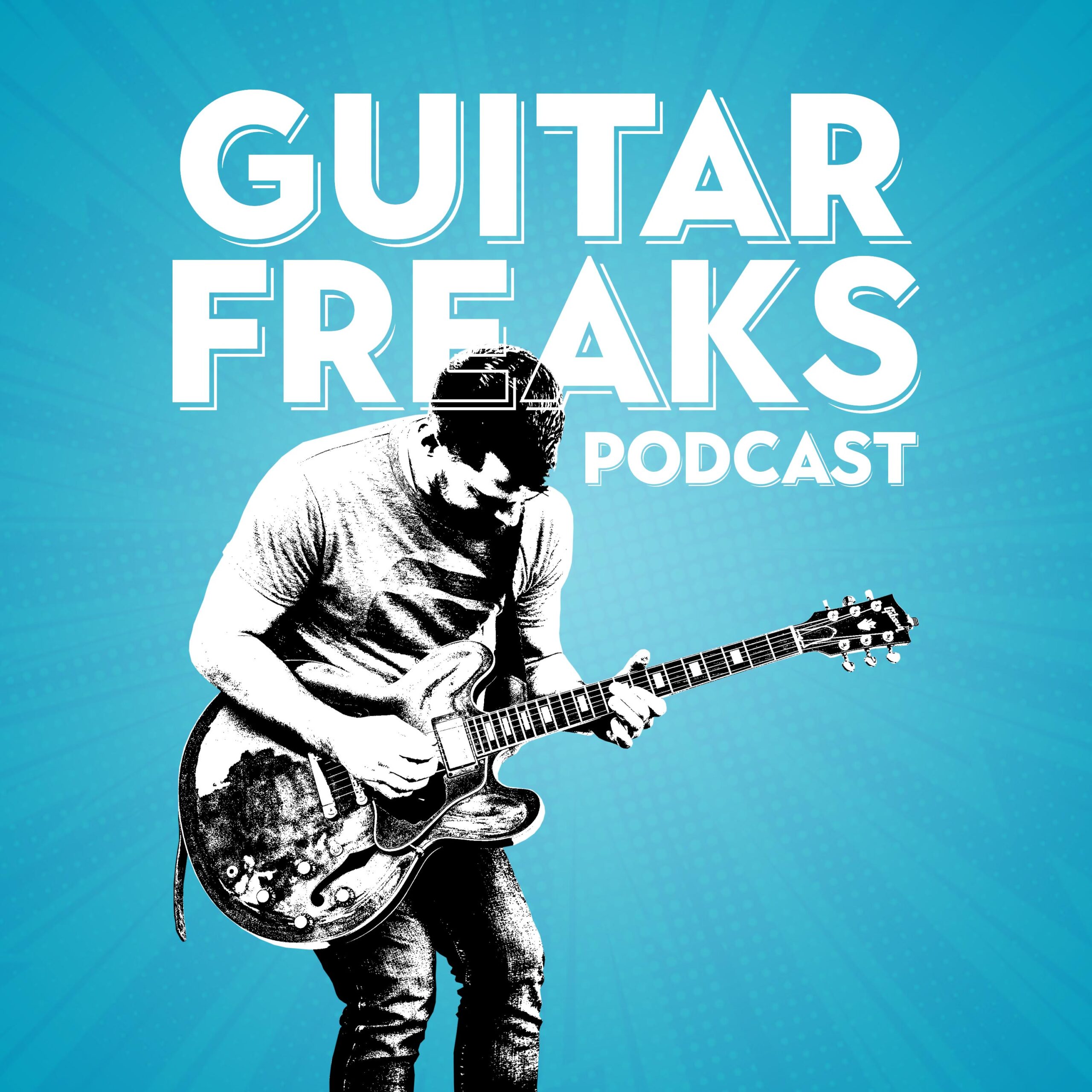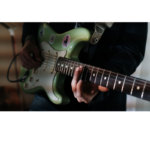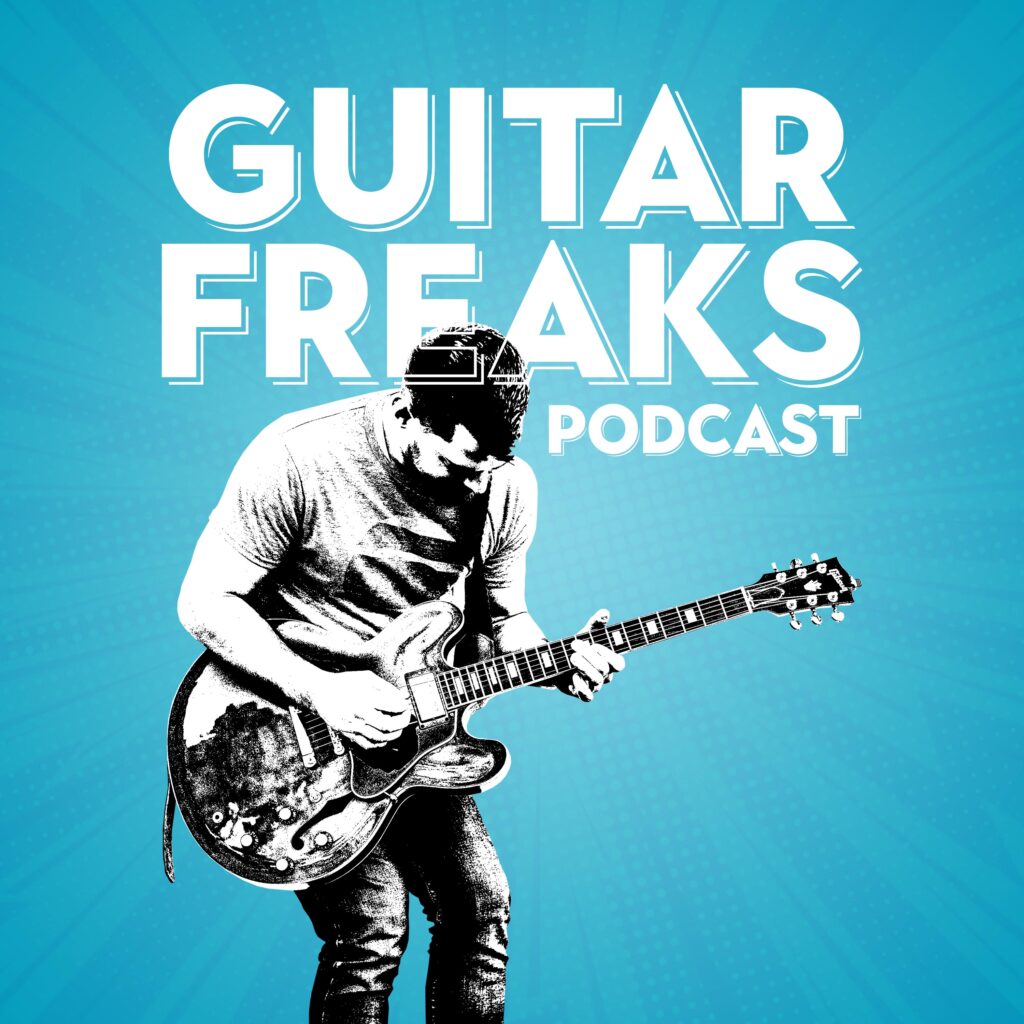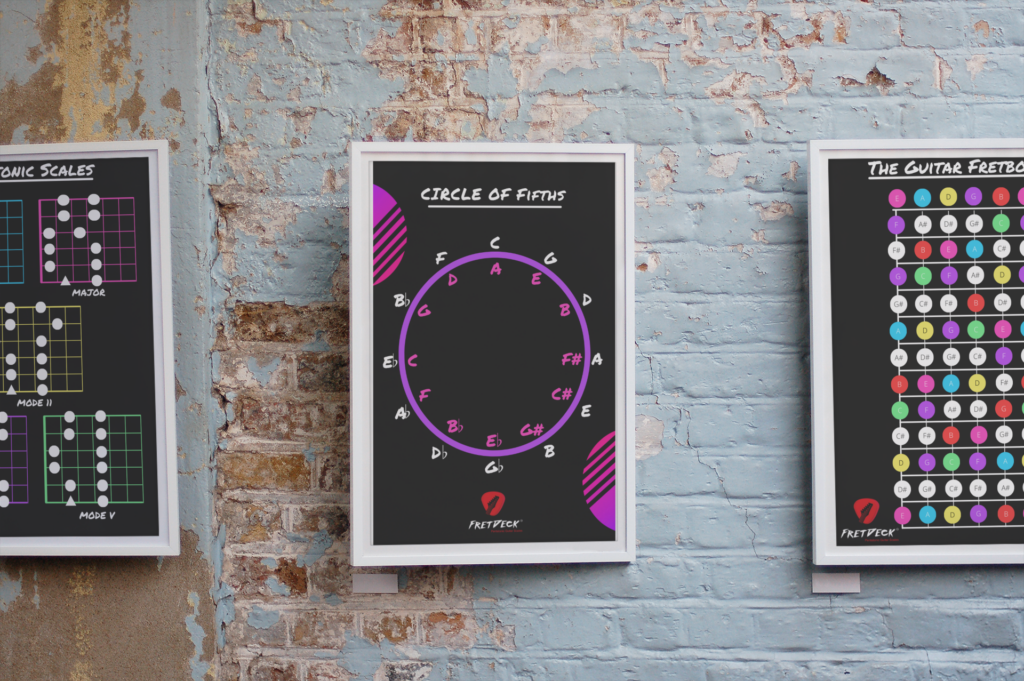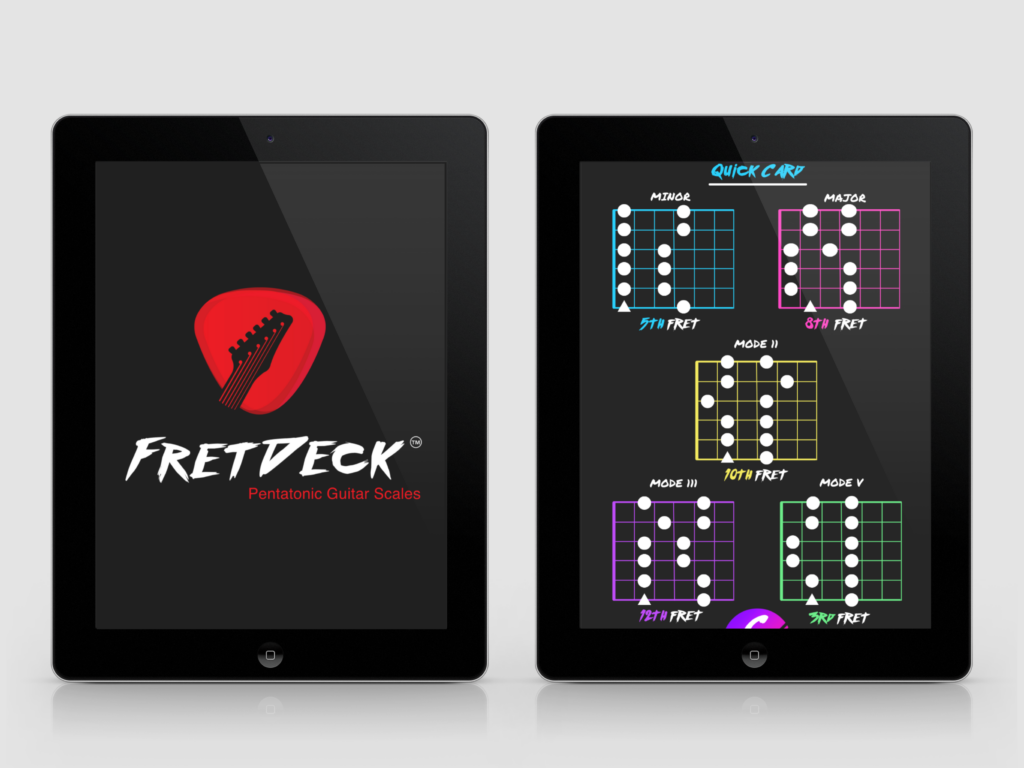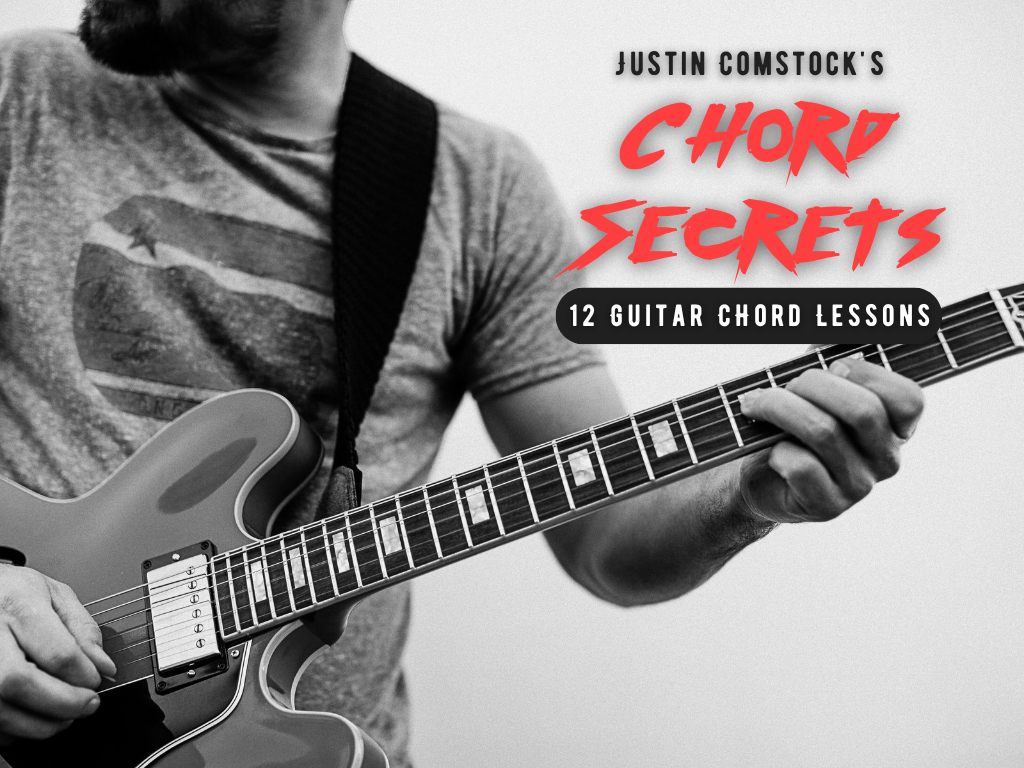13 unconventional techniques for mastering guitar scales shapes and transforming how you play solos.
🎯 Why Guitar Scales Shapes Are the Key to Fretboard Freedom
Let’s get this straight right from the beginning:
If you want to improvise with confidence, write better solos, or simply stop feeling lost above the fifth fret…
You need to master your guitar scales shapes.
It doesn’t matter if you play blues, rock, metal, or jazz—scale shapes are the maps that connect theory to musicality.
In this post, I’ll show you how to go beyond diagrams and actually use scale shapes to become a more expressive, melodic guitarist.

❌ Stop Guessing. Start Shredding.
If you’re still fumbling through scale patterns and box shapes… it’s costing you progress.
FretDeck™ is the no-fluff system that shows you exactly how to master the fretboard—fast. Early access.
⚡️ This isn’t for dabblers. It’s for players who want results.
👉 Click here to join the pre-launch now
Early access. Limited rewards. Don’t wait.
📦 What Are Guitar Scales Shapes, Really?
Think of guitar scales shapes as visual blueprints of notes on the fretboard.
They:
- Show you where to place your fingers
- Reveal how to connect positions
- Teach you to “see” melody paths before you even play a note
Whether it’s the pentatonic, major, minor, or modal systems—every scale has repeatable patterns that let you move up, down, and across the fretboard.
But learning the shapes alone isn’t enough.
You have to connect them to music.
🧩 The 5 Core Guitar Scales Shapes You Should Know
1. Major Scale Shapes
These seven-note patterns form the foundation for melodies, chords, and modes.
Learn them across all five CAGED positions.
2. Natural Minor Scale Shapes
Same logic, darker tone.
Mastering these helps you write emotional solos in rock, blues, and cinematic styles.
3. Pentatonic Scale Shapes
Every guitarist’s best friend.
Start with the minor pentatonic, then learn the major pentatonic and how to connect all five positions.
4. Blues Scale Shapes
Add one “blue” note to your pentatonic, and boom—you’re playing soulful, expressive lines that scream personality.
5. Modal Scale Shapes
Once you know the major scale, you unlock the modes: Dorian, Mixolydian, Phrygian, and beyond.
These shapes let you create jazz, funk, and world-music flavors on demand.
🛠️ 13 Game-Changing Ways to Practice Guitar Scales Shapes
1. Play the Shape, Then Improvise Immediately
Don’t just run the scale—use it.
Play Pattern 1 of A minor pentatonic. Then solo over an Am jam track using only that shape.
2. Practice Each Shape Across a Chord Progression
Use the G major scale shapes over G – Em – C – D.
This shows you how each shape feels over harmony.
3. Map Root Notes in Every Shape
In every scale shape, highlight the root.
It’ll anchor your ear and improve phrasing instantly.
4. Use a Timer (10 Min Per Shape)
Cycle through all five positions with a Pomodoro timer.
Fast. Focused. Effective.
5. String-Skip Through the Shape
Only play notes on every other string.
This builds fretboard flexibility and breaks robotic patterns.
6. Create One Riff Per Shape
In G minor pentatonic—write a new riff for each shape.
This turns patterns into vocabulary.
7. Transpose to Different Keys
Move the same scale shape up or down the neck to internalize its flexibility.
8. Sing Along as You Play
If you can’t sing the scale, you’re not hearing it.
Start slow, and hum each note.
9. Use Guitar Scale Shape Cards
Tools like FretDeck: Pentatonic Scales help you drill all 60 scale shapes in every key—visually and tactically.
👉 Join the Kickstarter Pre-Launch
10. Practice with Chord Tones in Mind
Overlay arpeggios onto scale shapes.
This turns soloing into storytelling.
11. Play Shapes in Reverse Order
Start at the top of the shape and work backward.
It’s a great brain warm-up.
12. Record Yourself Playing Each Shape
Listen back and correct sloppy technique or tone.
13. Loop Jam Tracks in Different Keys
YouTube backing tracks make shape practice musical.
Try “Dorian in C,” “Mixolydian Funk in G,” etc.

❌ Stop Guessing. Start Shredding.
If you’re still fumbling through scale patterns and box shapes… it’s costing you progress.
FretDeck™ is the no-fluff system that shows you exactly how to master the fretboard—fast. Early access.
⚡️ This isn’t for dabblers. It’s for players who want results.
👉 Click here to join the pre-launch now
Early access. Limited rewards. Don’t wait.
🧠 Why Most Guitarists Get Stuck in One Shape
It’s simple: they don’t connect the shapes.
You learn Box 1 of A minor… and stay there forever.
Instead, treat each guitar scales shape like a bridge—one that links to the next idea, phrase, or fretboard area.
🚀 Want to break out of the box?
Check out: Why Most Guitarists Misuse the Pentatonic Mode
🤝 Connect with Other Players Doing the Work
Learning guitar scales shapes doesn’t have to be a lonely process.
Join our Discord community, Guitar Freaks Hangout, where players share:
- Fretboard breakthroughs
- Practice prompts
- Backing tracks
- Tone tips
- Progress wins
🎸 Click here to join the conversation
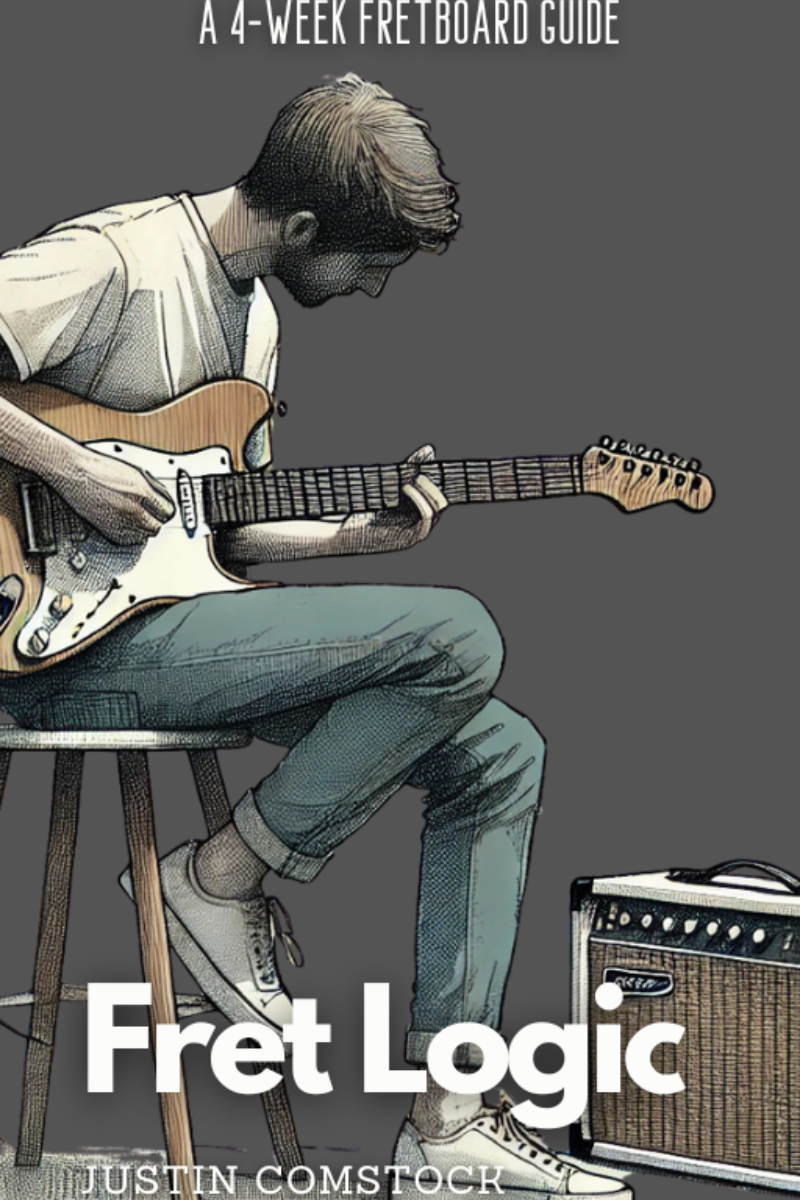
Join Guitar Freaks Hangout on Discord! 🎸
Get Fret Logic FREE!
Join the Guitar Freaks Hangout Discord and get exclusive access to my entire e-book, Fret Logic! Master the fretboard and elevate your solos with this comprehensive guide.
👉 Don’t miss out—join now and download your free copy!
🔗 Outbound Link
Want a visual chart of major and minor scale shapes?
👉 Guitar Scales Chart – National Guitar Academy
🧭 Final Thoughts: Shapes Are the Language of the Neck
You don’t need to memorize 1,000 licks.
You need to master how the neck connects.
Learning guitar scales shapes is how you do that.
Start simple.
Stay consistent.
Play with purpose.
And above all—make it musical.
🚀 Call to Action (Dan Kennedy Style)
Still stuck in a single scale box?
That ends today.
Join our Kickstarter pre-launch for FretDeck: Pentatonic Scales and get the only system designed to help you:
- Learn every guitar scale shape in every key
- Connect them to real music
- Play solos that actually sound like you
👉 Join FretDeck Kickstarter Now
And don’t forget to join our community on Discord.
